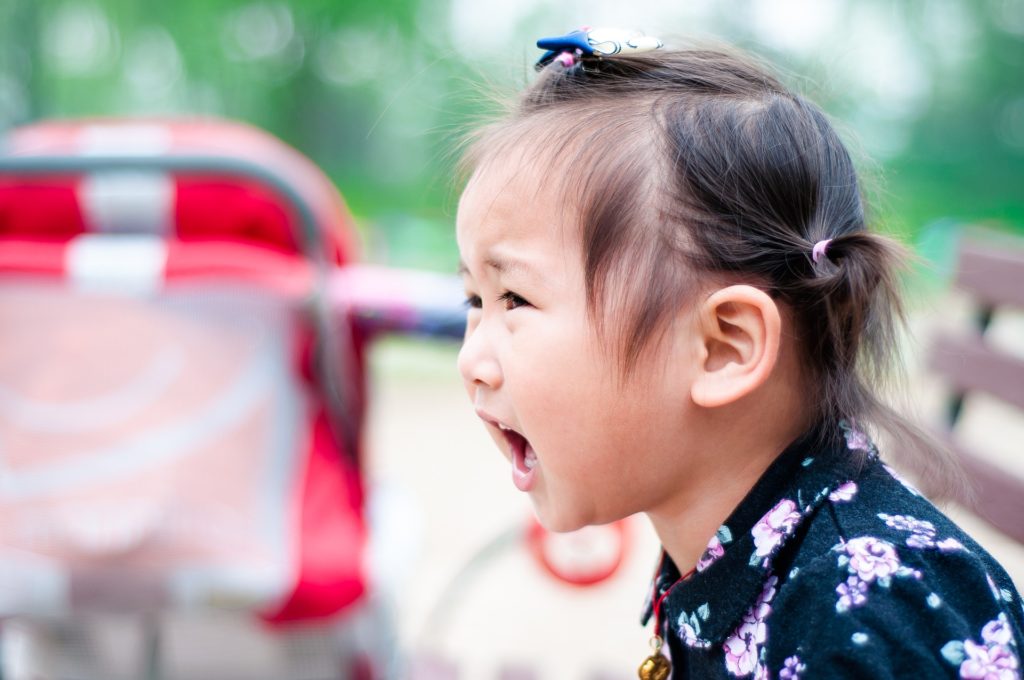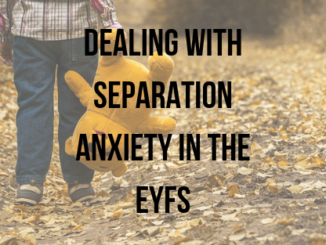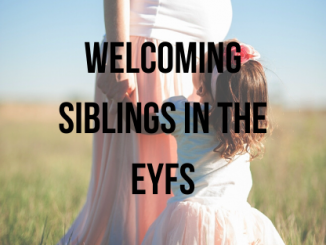They have a reputation for tantrums, destruction and pushing the boundaries and often they get called “the terrible twos” but really, what’s so terrible about 2-year olds?
Tantrums
Yes, they have “tantrums” that is, episodes of crying, screaming and sometimes physical expressions of anger or frustration such as stamping their feet, throwing toys or even hitting and kicking. These usually happen in response to an incident and often as adults we find the inciting incident “minor” or “insignificant” and therefore, find the resulting behaviour unreasonable.
The behaviour that we see in temper tantrums is obviously not desirable and depending on when and where the ‘tantrum’ happens it can be embarrassing and inconvenient. For example, the classic toddler screaming and laying on the floor in the aisles at the supermarket certainly draws some attention from passers-by and can make parents feel very flustered.
However, the fact that we find this behaviour inconvenient, or embarrassing, does not mean that it is entirely unreasonable. From an adult’s point of view, of course it is not okay to scream and shout because you can’t have the toy that you want, but toddlers do not operate from an adult’s point of view! They operate from a 2-year olds point of view.
A 2-year-old has extremely limited capacity for controlling their emotions. Self-regulation of emotion does not really begin to emerge until the age of four and until that time children are very much at the mercy of their feelings.
So, for the 2-year-old in the supermarket who has been told she cannot have the toy she so desperately wants, the frustration, anger, disappointment and sense of unfairness cannot simply be squashed down and held back, or moved on from.
For 2-year-olds, the world is actually quite small; it begins and ends with them, their feelings, their environment and those they have relationships with. The concept of a wider world, and others feelings, and bigger problems is something that will continue to grow and expand throughout childhood and adolescence but for now, the 2-year-old is primarily concerned with the very small world around themselves. So, the overwhelming frustration and anger and sadness at things in their world not going their way seems quite literally like the end of the world. So perhaps, the response is quite proportionate after all!
Destruction
How often have you heard “it looks like a bomb’s gone off in here!” or “he’s like a whirlwind of destruction”? and after a 2-year-old has been playing then it certainly can look that way!
2-year olds love the concept of action and reactions. Babies figure this out pretty quickly with “repeats actions that have an effect” appearing within the birth to 11months age range of the Development Matters statements from the EYFS. As children develop this becomes a more sophisticated understanding, and 2-year olds often learn through ‘schemas’ which are patterns of behaviour with are repetitive and allow children to learn through experimentation and exploration. Clusters of these schemas turn into later concepts (Athey, 2007) they are an instrument of learning that allows young children to broaden their world.
Some of these schemas will certainly look like destruction to adults for example, a “trajectory” schema might involve dropping items from a height, throwing toys into the air to watch them come down, launching cushions across the room and a ‘rotating’ schema might involve running round and round in circles, twisting curtains, spinning toys across the floor.
It looks messy, and it’s certainly inconvenient but it is learning! Honest!
Pushing the boundaries
Two-year-old have a reputation for pushing the boundaries and many parents can find their extremes of behaviour pretty frustrating. This is totally normal!
Your 2-year-old is not ‘broken’ or ‘naughty’ if they begin to experiment with behavioural boundaries. The EYFS recognises that this is a stage of great social and emotional development, this is the year when you will probably see a shift from your child playing alongside other children to them playing together, and this marks a shift in the toddlers social understanding and their social world.
This shift in social understanding is gradual, and it requires experimentation. Two year olds have a very real developmental drive to learn about things for themselves, and they do this by testing things out. In the physical world this might mean, trying to use a toy in numerous different ways until it produces the effect they were looking for, in the social world this might mean deliberately disobeying an adult to find out what happens or even snatching toys, hitting, pushing and biting another child.
Sometimes it is simply that a child’s emotions have got the better of them and they are unable to control their behaviour, as we looked at earlier, but other times it is a case of deliberate experimentation with boundaries.
Sometimes children need to experiment with pushing the boundaries in order to get a firm sense of where those boundaries lie, remember children learn primarily through doing so telling them the rules is not always going to translate.
Responding fairly with love and understanding is crucial for children’s development. They need to understand that there are behavioural boundaries but also experience secure attachment to caring adults.
Two-year-olds are terrific!
Really the only thing so terrible about the terrible twos is the extent to which we misunderstand them. As we learn more about 2-year-olds, their worlds and their development it becomes clear why they often behave in ways we don’t like. Understanding the reasoning behind behaviour leads to a sense of empathy, and also respect.
Two-year-olds are terrific. Sure, they have tantrums, but this is because they feel every emotion so strongly and feel secure enough to express it!
Two-year-olds are terrific. Sure, they’re destructive, but this is because they have endless curiosity about the world and how everything works!
Two-year-olds are terrific. Sure, they push the boundaries but this is because they need to learn where those boundaries are by testing them out for themselves. They are hands-on learners!
References:
Athey, C. (2007) Extending Thought in Young Children. 2nd ed. London: Paul Chapman








